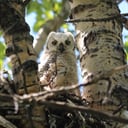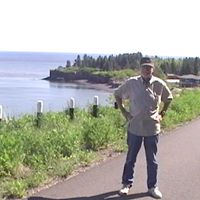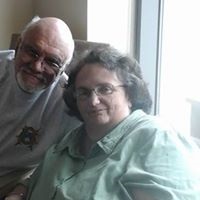If you compared the function of a plant cell's organelles to a city, what would the chloroplast be?
A cell is a tiny building block upon which all living things are made. Plants are made up of plant cells and animals are made up of animal cells. Each cell contains tiny organs called organelles. These structures perform a specific function within the cell. Working together, these organelles enable the cells, to carry on its life function. A group of similar cells working together form tissue. When you join different kinds of tissue into structures, organs are formed. Like cells and tissue, an organ performs a specific function. Collectively all the organs performing their varied functions comprise the organ system. This is what makes up an organism, or a living thing. And to think, it all began with that teeny tiny cell!!
Think about a cell in terms of a small city. Each entity in the city is responsible for carrying out a specific job. Together these entities help the city function smoothly; without any one entity, the city's function might very well collapse.
Chloroplasts are specialized organelles found in plant and algae cells. This organelle was discovered by Julius von Sachs, a botanist. While it performs a number of functions its primary function is to allow the process of photosynthesis to take place in the cell. During this process the chloroplast, which contains a green pigment called chlorophyll, captures light energy from the sun. Light energy is converted to chemical energy the plant uses as food. Oxygen is released during the chemical reaction.
More Info:
en.m.wikipedia.org








